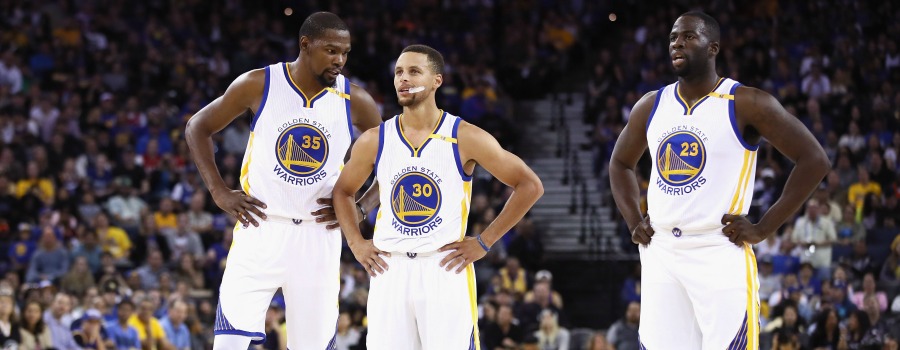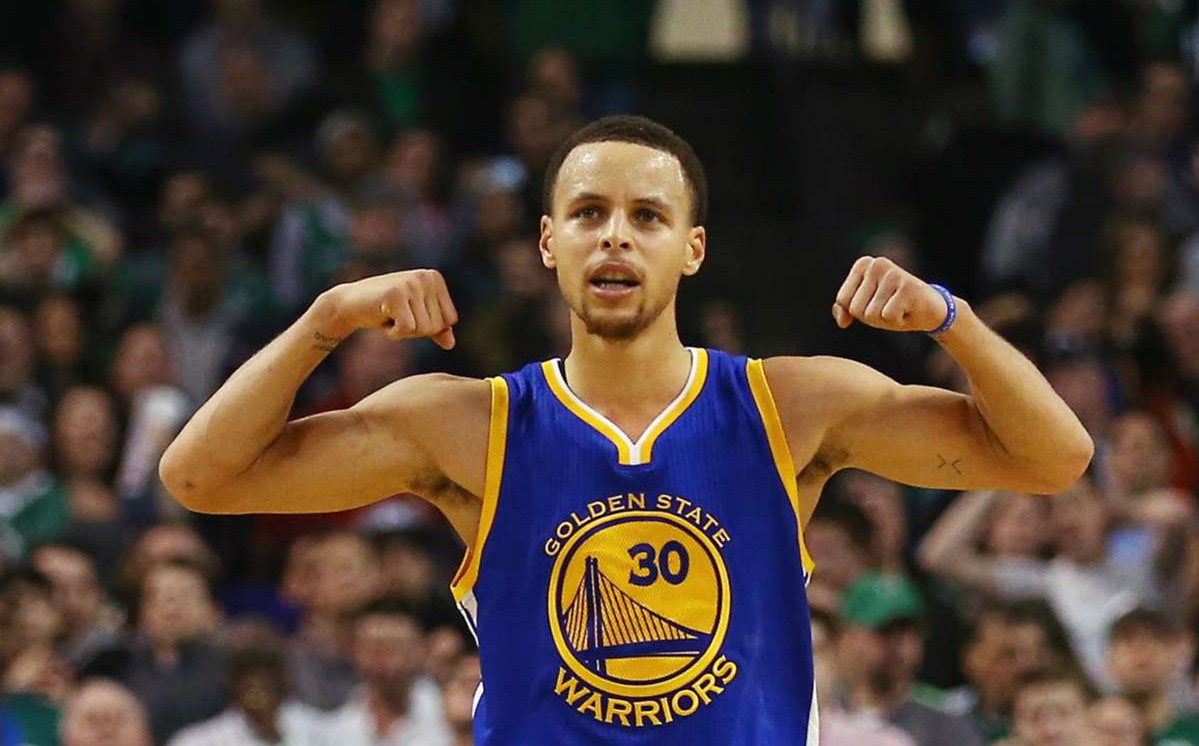It’s Time for NBA, Punks!
Daily fantasy basketball is perhaps the most predictive of the major sports. However, that doesn’t mean that there isn’t a ton of uncertainty that can be leveraged to find an edge in contests. The most uncertain time in the NBA season — and this is true with any sport — is the beginning. Because of the NBA Draft and free agency, a lot of rosters look quite different now than they did at the end of the 2015-16 season. If we can more accurately predict how those off-court changes affect on-court play, we’ll have a huge advantage early in the season.
Usage rate is the most popular stat in daily fantasy basketball. It is simply an estimation of the possessions ‘used’ by a player while on the court: The possessions in which a player makes a shot, misses a shot rebounded by the opposing team, or commits a turnover. Usage rate has its flaws — and we’ll deal with them thoroughly throughout this upcoming season — but generally it is a solid metric that we can use to identify players who have the most opportunities to score fantasy points.
Also, it’s a fairly stable statistic. Look at LeBron’s usage rate throughout his career:
It has deviated by just a couple percentage points since he took over as ‘the guy’ for his team early in his career.
Usage Rates and Roster Turnover
Back to roster turnover: If we want to try to predict usage rates early in the season for a team, we can simply look at the outgoing and incoming usage rates and try to massage the differences, right? Unfortunately, not so much.
Kevin Durant’s move to Golden State is a good example of why simply adding and subtracting usage rates doesn’t work. Last season, Durant posted a usage rate of 30.6 percent. His usage rate has been around there since his third year in the league. Now let’s look at the big names leaving the Warriors.
• Andrew Bogut: 11.4 percent usage rate
• Brandon Rush: 12.5 percent usage rate
• Festus Ezeli: 18.2 percent usage rate
• Harrison Barnes: 15.9 percent usage rate
• Mo Speights: 29.7 percent usage rate
If you did a double take at Speights’ usage rate, that’s my point. Last season, he and Durant used almost the same percentage of possessions when on the court. If you were simply adding and subtracting usage rates from a roster, you’d come to the conclusion that Speights’ departure alone opens up enough possessions for Durant, so that the rest of the guys — Steph Curry, Klay Thompson, Draymond Green, et. al. — don’t have to make sacrifices.
Weighted Usage Rate
What we really need is a weighted usage rate — a number that measures possessions used but accounts for how much a player actually plays. So I created it.
I took every player’s usage rate and attempted to measure it by playing time. It essentially estimates the possessions used by a player last season. For reference, James Harden has the highest Weighted Usage rate at 25.77 percent.
Now we can look at roster turnover in a more illuminating way. Let’s take a look at each team’s retained Weighted Usage (WU), incoming WU, outgoing WU, and ‘excess’ WU — the difference between a team’s outgoing and incoming WU.
(Note: Tables are interactive.)
What I think this shows is how confident we should be in a team’s usage distribution early in the season. For example, the Boston Celtics retained 75.82 percent of their 2016 WU and have an ‘excess’ of only 2.63 percent given all of their moves. They brought in a high-profile player in Al Horford, but their net moves — losing Jared Sullinger and Evan Turner, for example – open up enough WU so that we don’t see much positive excess WU. When predicting usage rates early in the year, they should be one of the more stable teams.
However, compare that to the Warriors, who retain 68.93 percent and have an excess WU of -11.76 percent. Or look at the Bulls, who retain an eye-opening 46.15 percent of WU and have an excess of -12.18 percent. We will eventually learn about the dynamics of these rosters, but early in the season the usage for their players is likely to be much more uncertain than the usage for players on teams like the Celtics or Timberwolves.
Weighted Usage Rates and Daily Fantasy Basketball
This uncertainty of usage distribution applies directly to daily fantasy basketball: In cash games, we generally want to be risk-averse, whereas in guaranteed prize pools we often want to embrace risk, especially when it comes with high upside. Early in the season, the talented Golden State guys carry more risk than someone like Karl-Anthony Towns carries. While Durant and Towns may have similar ceilings, and perhaps even similar price points, you might want to build your cash games around Towns as opposed to Durant. Towns’ usage rate — and the usage distribution for the Timberwolves — is likely to be stable, given his role and the team’s roster turnover. The stable and predictable situations we want in cash games.
However, in GPPs there’s definitely merit to targeting teams with uncertain usage distribution and high positive excess WU rates. Take a team like the Orlando Magic with an excess WU of 22.53 percent. It’s difficult to distribute predicted usage rates for many of their guys, like Nikola Vucevic, Bismack Biyombo, and Serge Ibaka. Simply knowing that they are volatile plays (and will likely be low-owned as a result) and that there is extra usage available on the team can allow you to take calculated risks when building tournament lineups.
On the other side, there’s merit to fading players and teams with strong negative excess WU rates. While we have the risk of uncertain distribution given the high excess WU, we also have the risk of certain mathematics. Unlike baseball, in which a team could theoretically score 400 runs in a single game, there’s a clock in the NBA and thus a finite amount of possessions. Teams with extreme negative WU rates will have players who will see role changes and dips in usage rate. While it may be difficult to predict how those hits will be distributed — will Klay or Steph lose more shots? — we do know for certain that some players on the Warriors will see a decline in usage. As a result, these guys are even more volatile and perhaps even have less upside, especially if their salaries don’t account for the imminent usage dips.
#Winning
Daily fantasy isn’t about being perfect or even being the most accurate when it comes to predicting player performance. Sometimes, the biggest edge is the self-awareness of what you do and don’t know. Volatility is beautiful if you embrace it correctly.






